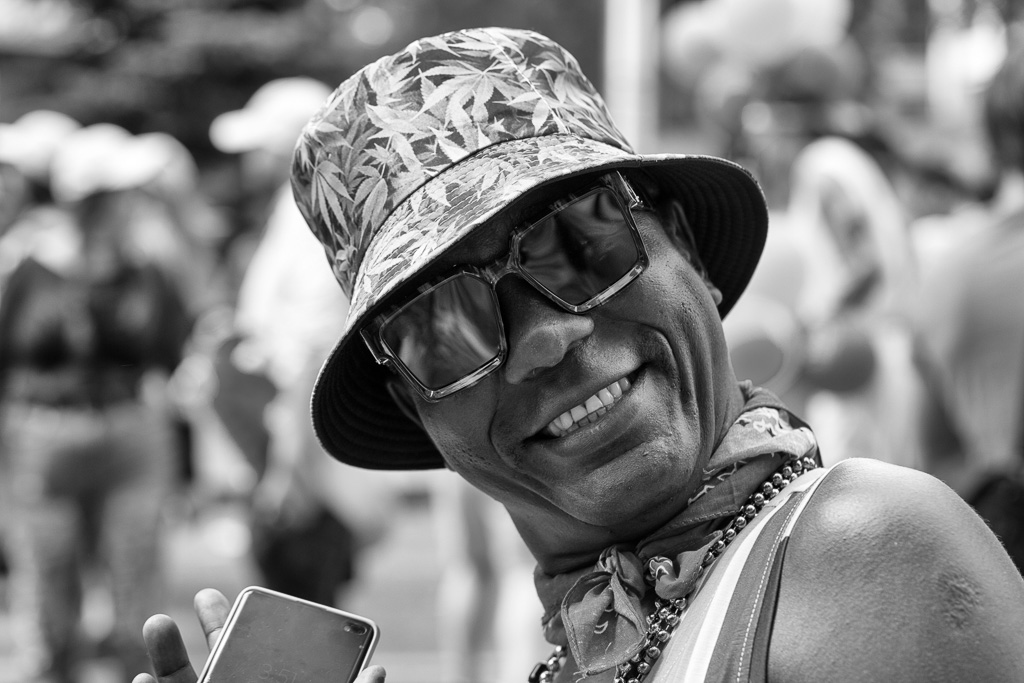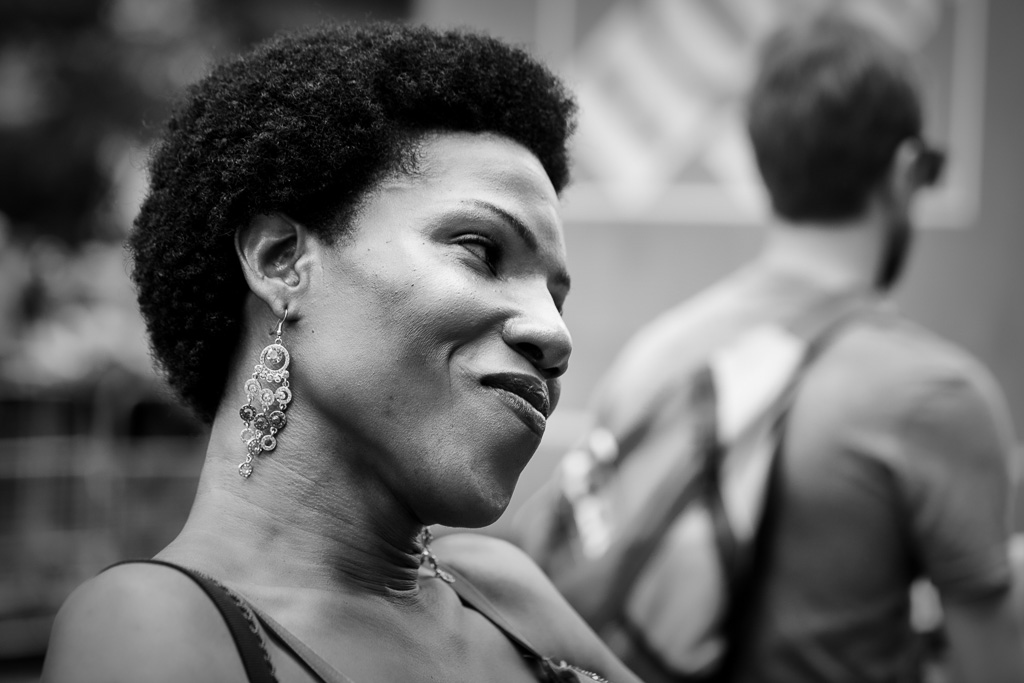Nice restaurant. Upscale. A little beyond us. But now and then, when we’re in the mood for something special, we change our clothes and go out for a treat. The people at the other tables are beautiful. Bright smiles and perfect hair. Gleaming eyes and posture that never flags. The brighter the smiles, the more Barb tells me not to slouch. I want to tell her that, unlike the other people in the room, I’m subject to the laws of gravity which drag me down toward the ground, and one day under it, but I hold off because the waiter has magically appeared beside our table. I realize he didn’t magically appear; it just seems that way. It’s more like he was a predator stalking our table from the long grass when he suddenly pounced. He asks if we’d like a drink to start. Or an hors d’oeuvre? We both ask for cocktails. Barb asks for some duck pâté while I settle for something from the vegetable realm. Two minutes later, the waiter appears again at our table, this time without the magical aura, and announces they have no more duck pâté so madam will have to select something else.
An underling arrives with our drinks, a sub-sub-bartender, someone who lost the latest round of dominance contests: head butting or chest thumping or whatever it is the wait staff do to decide who gets to wear the smartest clothes. Me Tarzan, you busboy. We smile at one another. We clink our glasses. We watch the hostess seat a couple at the adjacent table. Your server is Raoul and he’ll be right with you, she says, and she sashays back to the entrance. Our neighbours are young, hip, unsullied the way Brad and Angelina were unsullied before the tabloids turned them into twisted freaks underneath a Barnum & Bailey circus tent. He wears tight-fitting pants and reminds me of a flamenco dancer. She wears a black dress with a V cut so low we can see the diamond stud in her navel. Raoul creeps from behind a pot of tropical plants and asks if they care for a cocktail or an hors d’oeuvre. They order their drinks and tell Raoul they will be sharing a plate of duck pâté. Raoul says very good and waddles away.
Did you hear that? I whisper. And Barb whispers back that, yes, she saw how Raoul nodded and didn’t advise that they were out of pâté. It isn’t long before our neighbours are swiping dollops of pâté across their crackers and stuffing them into their mouths like kids with popcorn at the movies. I wave the waiter over to our table and challenge him, pointing to our neighbours and the dainty bits of pâté stuck in the corners of their mouths.
You told us you were out of duck pâté.
That is true.
Yet you served them duck pâté.
No, that is not pâté.
Of course it is.
Raoul looks to our neighbours and shakes his head. That is a spreadable meat made from duck liver.
Which is the definition of duck pâté.
You are mistaken, sir.
Increasingly, I find myself experiencing vertiginous moments like this when I grip the edge of the table and gaze across it to Barb and beg her to assure me that the table is real. I don’t think this is me growing old; I think this is the world turning on it’s head. Should we stay for the rest of our meal? I worry they’ll set coq au vin in front of me and try to persuade me it’s the aged bison I ordered. Carrots are beans. Water is wine. Jolly fascists will march from the kitchen, singing the national anthem, and serve my head on a silver platter while telling everyone it’s wild boar.
















